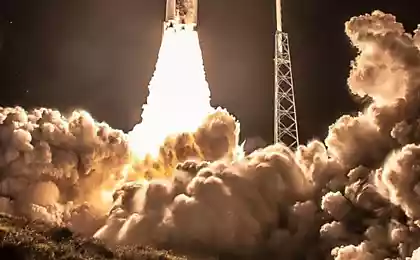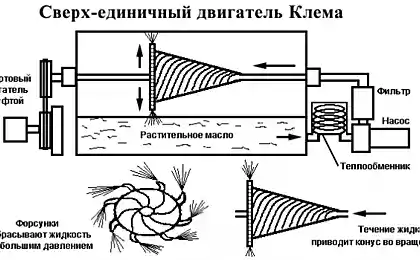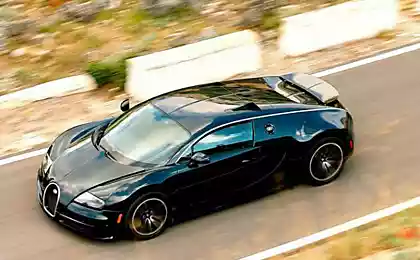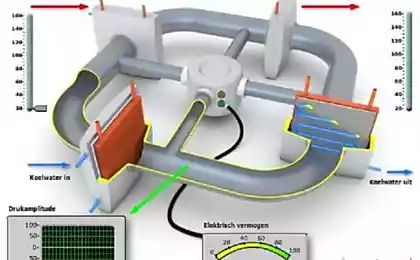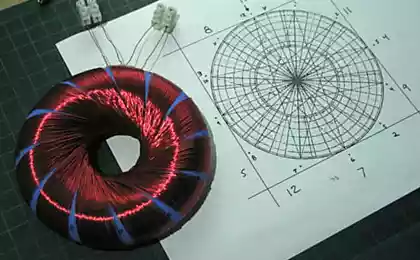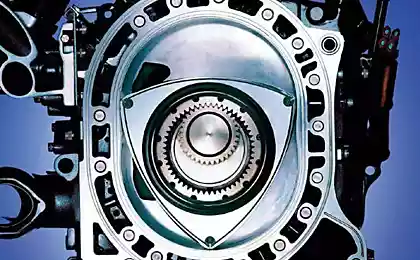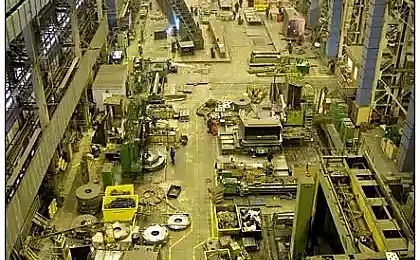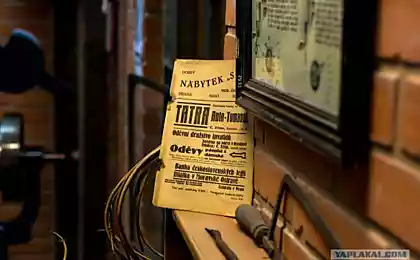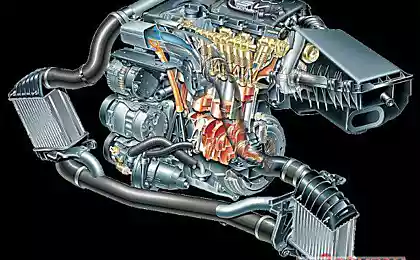1258
Perpetual motion
It is known that a perpetual motion machine - a device that can do work endlessly without the cost of fuel and other energy resources. Today we all know that perpetual motion is impossible. In this post you will learn about the first inventors of perpetual motion and about the future of their devices. The first major was the inventor of Bessler, or under the pseudonym Orffireus. It happened in Germany in the 18th century. It is said that this mysterious gentleman appeared in 1712 in the town of Gera. If you currently have a strange toy: a thick wooden wheel, half a meter in diameter, wrapped in a piece of oiled kozhi.V center of the wheel is a massive shaft and attached to her strong verevka.Stoya in public Bessler gave a slight push and the wheels begin to spin, could be heard reverberating creaks balls. Wheel pump water with a small pump, also raises the weights Total inventor created 4 cars. But he was very eccentric and suffered severe form of paranoia. Unfortunately, he did not leave behind a record of the internal mechanism of the device. Each of the devices has been a part of, he never showed, when you try to open it laying a wave of paranoia, and he destroyed his car in order to continue to build even more. At some point, he favored the Landgrave of Hesse-Kassel Carl. But Chuck wanted to make sure that Bessler really invented a perpetual motion machine. Charles invited Leibniz, one of the greatest scientists of Europe at the time. By the end of Leibniz I was not able to verify that this is indeed a perpetual motion machine, but was very impressed and recommended machine.

Then Landgrave decided to conduct additional checks. Bessler was given a large room in the center of which he built another machine. At the door of the room put two guards. At the end of the operating room sealed and opened a month and made sure that the wheel is still spinning. But Bessler was always a condition that part of the device have been closed, that is, until the end it was impossible to be sure of the authenticity of the discovery. But in spite of the experiment carried out, Earl decided to make an additional check. In 1721 he was invited by the Dutch mathematics professor William Gravezanda. To ensure that there is no man behind the curtain Gravezand tore the curtain and there sprinkled pepper. But nobody sneezed. It is said that Gravezand so impressed that he tried to bring the car to the study of Newton. But Newton did not respond to the letter, or he generally despised attempts to create a perpetual motion machine. After this test, Bessler took a big hammer and smashed his car into pieces. At some point there was evidence of a maid, which she helped to run the wheel. But it is believed that this perjury, because of the small salary.
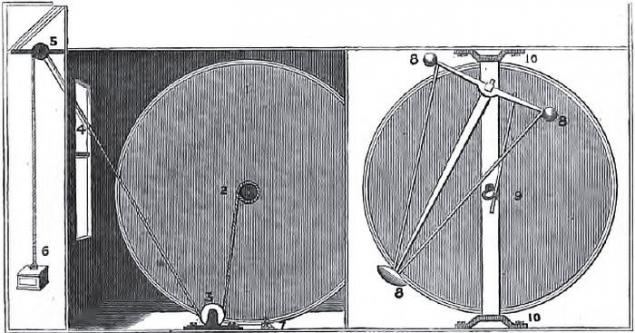
In addition to drawing nothing left after the invention. Most likely the mechanism works on the principle of a gear wheel in the recesses of which are attached to the reclining hinge loads. Tooth geometry such that the loads on the left side wheels are always closer to the axis than on the right. According to the author, this is in accord with the law of the lever, should lead to a permanent rotation of the wheel. When rotating loads reclined to the right and kept driving force. However, when such tire manufacture, it will remain stationary. The reason for this lies in the fact that, although loads on the right have a longer lever on the left are more in number. As a result of the moments of forces left and right are equal. Later in the 19th century, Thomas Young formulated the concept of power as the ability to do work. Julius von Mayer, a physician and physicist, came to the conclusion that the energy saved by simply changing its shape. The same conclusion came James Joule. The third scientist who came to the idea of energy conservation was Hermann von Helmholtz, also a physician and physicist. Helmholtz, in his article formulated the impossibility of perpetual motion of the first kind, that is a mechanism that violates the law of conservation of energy. The energy is not taken out of nowhere.
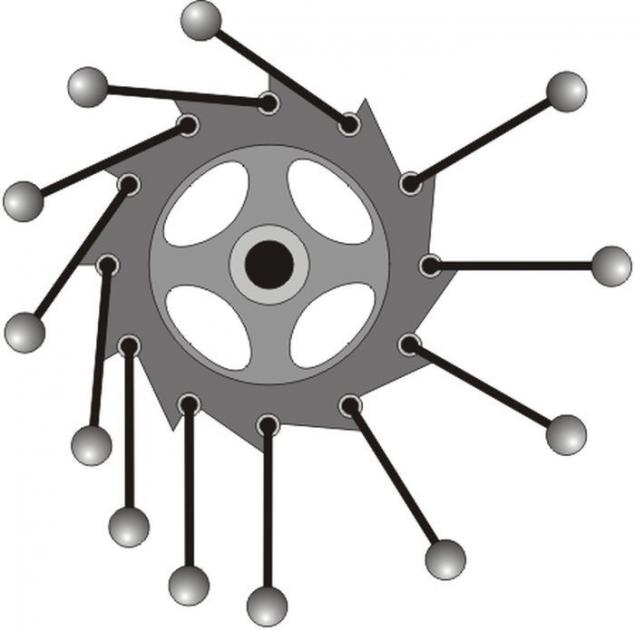
The next great "inventor" of perpetual motion was an American Kili Kili with his engine. He lived in Philadelphia. For the time was completely unknown person, did little toys and sold in the local market. About 1874 of the Philadelphia rumors about a new invention that uses a new unknown force. We must remember that it was the time of Edison with his light bulb, and Nobel's dynamite, Maxwell theory of electromagnetism. Pretty soon there was a lot of investors willing to invest a lot of money in this device. Investors were from Philadelphia and New York. Was founded company «Keely Motor Company».
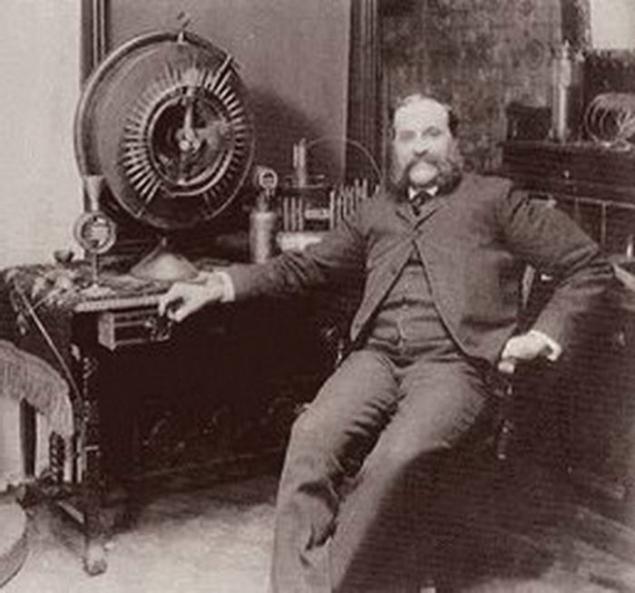
Keely and the board of directors of the company «Keely Motor Company». But we must understand that Keely was able to pretty, but very unclear to say. Nobody could understand. He loved to make beautiful demonstration, explains a lot, but the device did not show the mechanism. And all the time promised, that is about to be invented a new engine design. And so it went on for almost 10 years. Investors twice appealed to the court, were invited expert witnesses, but nothing helped. The problem was that the firm was named by his name and everything depended on the inventor. And investors do not really have any rights. And that Keeley did not run, investors had to go with him to compromise. There was even a comic saying on the Panama Canal will float on the motor vessel Kiely. In the most difficult moment, Keely had a sponsor widow Clara Blyumfild Mawr. She helped him with money, PR. But because of strong criticism, she wanted to inspect. He was invited Alexander Scott, an electrical engineer. One of the mechanisms Keely demonstration was called levitation experiment, or a chord of the masses.
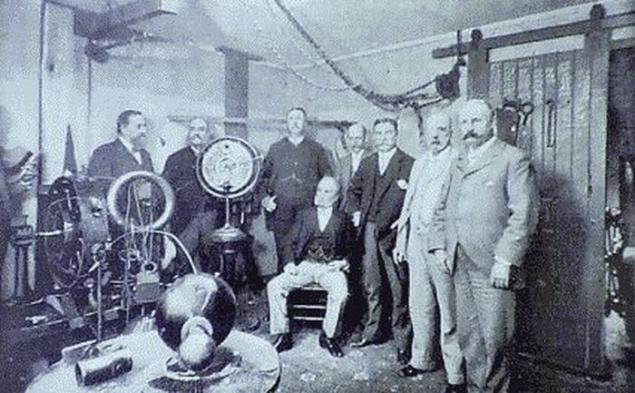
Killy gave a couple of chords and a heavy sinker contrary to the force of gravity to pop up inside the glass tube. To the tube was connected "repeater" via an electrical cord. And Scott suspected that it is a hollow tube and mechanism is powered by compressed air. And Keely suggested to conduct an experiment without wires. What Keely refused.
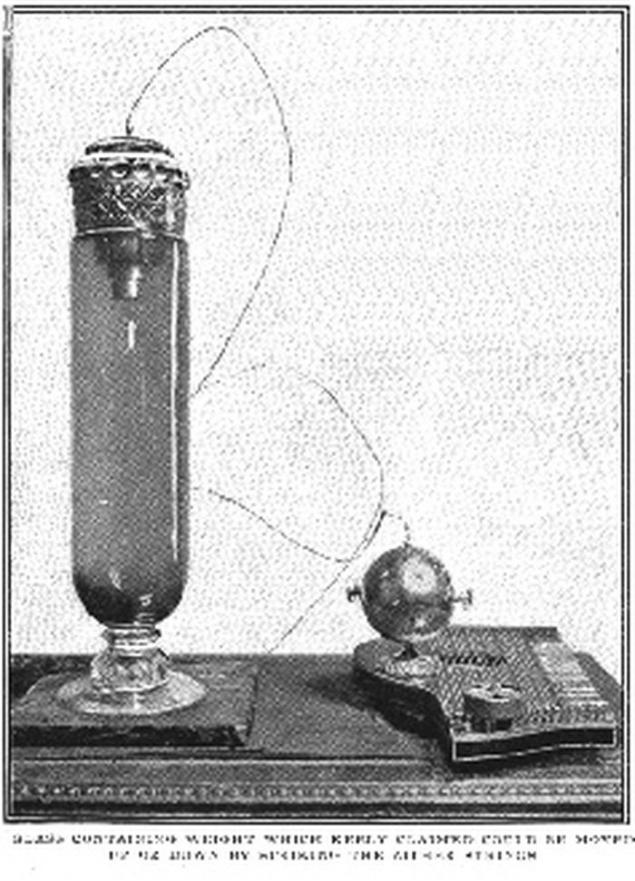
After his death in the basement of Keely investors have found a large vessel with compressed vozuhom, with which he launched one of its mechanisms. It is said that before his death, was asked how he would like to be remembered. To which he replied that as a wheeler-dealer of the largest 19th century.
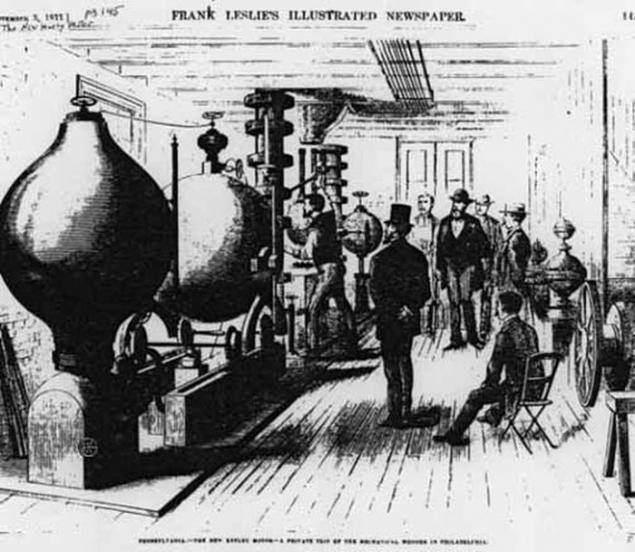
Source: barzel.livejournal.com

Then Landgrave decided to conduct additional checks. Bessler was given a large room in the center of which he built another machine. At the door of the room put two guards. At the end of the operating room sealed and opened a month and made sure that the wheel is still spinning. But Bessler was always a condition that part of the device have been closed, that is, until the end it was impossible to be sure of the authenticity of the discovery. But in spite of the experiment carried out, Earl decided to make an additional check. In 1721 he was invited by the Dutch mathematics professor William Gravezanda. To ensure that there is no man behind the curtain Gravezand tore the curtain and there sprinkled pepper. But nobody sneezed. It is said that Gravezand so impressed that he tried to bring the car to the study of Newton. But Newton did not respond to the letter, or he generally despised attempts to create a perpetual motion machine. After this test, Bessler took a big hammer and smashed his car into pieces. At some point there was evidence of a maid, which she helped to run the wheel. But it is believed that this perjury, because of the small salary.

In addition to drawing nothing left after the invention. Most likely the mechanism works on the principle of a gear wheel in the recesses of which are attached to the reclining hinge loads. Tooth geometry such that the loads on the left side wheels are always closer to the axis than on the right. According to the author, this is in accord with the law of the lever, should lead to a permanent rotation of the wheel. When rotating loads reclined to the right and kept driving force. However, when such tire manufacture, it will remain stationary. The reason for this lies in the fact that, although loads on the right have a longer lever on the left are more in number. As a result of the moments of forces left and right are equal. Later in the 19th century, Thomas Young formulated the concept of power as the ability to do work. Julius von Mayer, a physician and physicist, came to the conclusion that the energy saved by simply changing its shape. The same conclusion came James Joule. The third scientist who came to the idea of energy conservation was Hermann von Helmholtz, also a physician and physicist. Helmholtz, in his article formulated the impossibility of perpetual motion of the first kind, that is a mechanism that violates the law of conservation of energy. The energy is not taken out of nowhere.

The next great "inventor" of perpetual motion was an American Kili Kili with his engine. He lived in Philadelphia. For the time was completely unknown person, did little toys and sold in the local market. About 1874 of the Philadelphia rumors about a new invention that uses a new unknown force. We must remember that it was the time of Edison with his light bulb, and Nobel's dynamite, Maxwell theory of electromagnetism. Pretty soon there was a lot of investors willing to invest a lot of money in this device. Investors were from Philadelphia and New York. Was founded company «Keely Motor Company».

Keely and the board of directors of the company «Keely Motor Company». But we must understand that Keely was able to pretty, but very unclear to say. Nobody could understand. He loved to make beautiful demonstration, explains a lot, but the device did not show the mechanism. And all the time promised, that is about to be invented a new engine design. And so it went on for almost 10 years. Investors twice appealed to the court, were invited expert witnesses, but nothing helped. The problem was that the firm was named by his name and everything depended on the inventor. And investors do not really have any rights. And that Keeley did not run, investors had to go with him to compromise. There was even a comic saying on the Panama Canal will float on the motor vessel Kiely. In the most difficult moment, Keely had a sponsor widow Clara Blyumfild Mawr. She helped him with money, PR. But because of strong criticism, she wanted to inspect. He was invited Alexander Scott, an electrical engineer. One of the mechanisms Keely demonstration was called levitation experiment, or a chord of the masses.

Killy gave a couple of chords and a heavy sinker contrary to the force of gravity to pop up inside the glass tube. To the tube was connected "repeater" via an electrical cord. And Scott suspected that it is a hollow tube and mechanism is powered by compressed air. And Keely suggested to conduct an experiment without wires. What Keely refused.

After his death in the basement of Keely investors have found a large vessel with compressed vozuhom, with which he launched one of its mechanisms. It is said that before his death, was asked how he would like to be remembered. To which he replied that as a wheeler-dealer of the largest 19th century.

Source: barzel.livejournal.com




